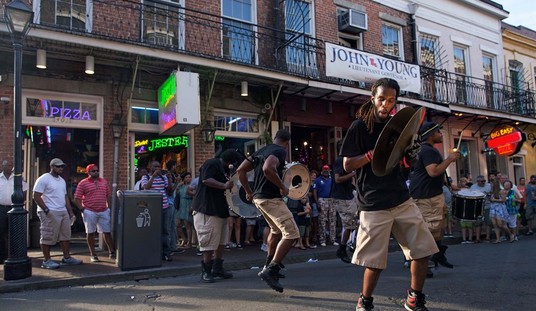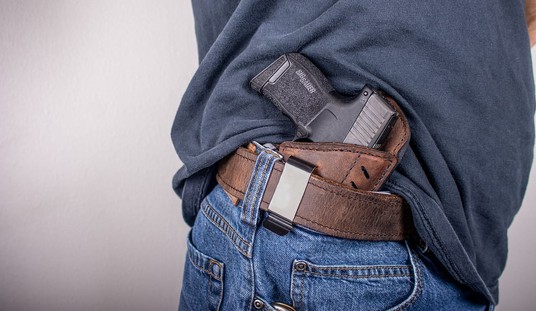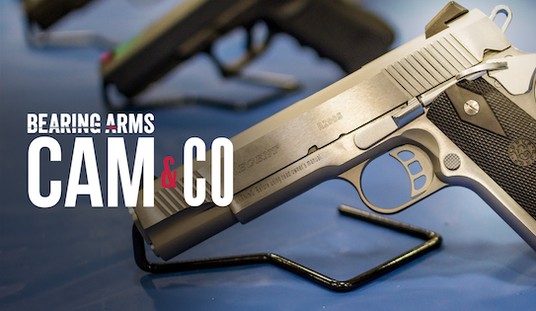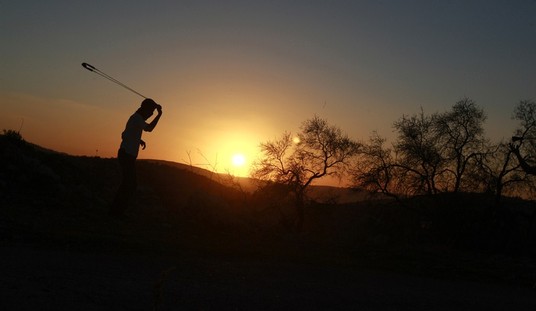YouTuber “possumpopper89” has crafted a 6-minute video that does a fairly good job of explaining why law enforcement officers (and some “regular Joe” citizens with defensive firearms training) sometimes shoot unarmed people.
People who lack this kind of training (which is probably close to 95% of the general population) hold the mistaken belief that officers wait until they see and identify a weapon in a suspect’s hand before deciding to open fire.
That is simply not the case much of the time. In many instances, it isn’t possible to visually identify a weapon due to lighting conditions or attempts by dangerous criminals to conceal a weapon even as they bring them into play.
The simply fact of the matter is that you can never react as fast as the other person acts. It requires you to observe the other person’s actions, orient (analyze and synthesize the incoming data through the lens past experiences, training, culture, and genetic filters), decide on a response, and then act to carry out that decision.
This observe-orient-decide-act process then feeds into the next, as you re-observe, re-orient, make a new decision, and the proceed to your next action. It’s a constant series of actions that occurs during your waking hours, first described by U.S. Air Force Col. John Boyd, and it’s universally known as the OODA loop.
It’s that second O, “orient” that explains why we can be exposed to the same exact stimulus as someone else, but “see” something entirely different when our differing experiences, biases and training come into play.
It’s the reason that every single firearms instructor and defensive shooting expert I’ve met yet (including those very sympathetic to the overall Bundy Ranch cause) said without a doubt that Lavoy Finicum was shot reaching for a gun, while so many people in the Patriot movement who lack that same orienting filter see the shooting as a crime.
It’s the reason that people seeing the shootings of Terence Crutcher in Tulsa—clearly the inspiration behind this video—or the more recent shooting of Alfred Olango in El Cajon, who presented what we now know as a vaping device in a shooting stance after his best friend died in what appears to be a “suicide by cop” (photo below).

We can only run our OODA loops just “so fast,” so how do soldiers, police officers, and well-trained defensive shooters so often survive gunfights being driven by the actions of other people? How do they get from behind the eight-ball of the act/react conundrum?
The key is to have pre-planned responses in place for certain stimuli, and to train to react to predictive behavior.
In the examples of Lavoy Finicum and Keith Lamont Scott (who were armed with handguns) and Alfred Olango (who grabbed a silver vaping device) and Terence Crutcher (who grabbed nothing at all, but appeared to the officers to be reaching into his SUV), officers responded to pre-threat indicators, including motions that more often than not are reliable indicators that a weapon is about to be drawn, in the context of a wider range of non-compliant behaviors.
In the screen capture above of the Olango shooting, the officer made the decision to fire his gun as he watched an non-compliant Olango reach into his pants. By the time the officer saw this motion (“observe”), processed it (“orient”), and made the call that he had to shoot (“decide”), and then pressed the trigger (“act”), Olango had drawn the vape and pressed out. If he did have a gun instead of a vape, there is a strongly likelihood that the officer and Olango would have fired within a split second of one another, even though the officer had his gun drawn and pointed at Olango to begin with.
Action is faster than reaction.
Officers have to shoot based on the overall totality of the circumstances, but the deciding factors are almost always a non-compliant suspect reaching—for something or nothing—that officers simply must regard as a threat if they want to have a chance of surviving.
If we forced officers to wait until they could see and specifically identify a weapon (okay, “that’s a Walther P99, not a vape”) before running through their OODA loop, the the bad guys are going to have 3-5 rounds off before the officer can press the trigger once, and that’s if we give the officer the “advantage” of already having his gun aimed at the suspect.
It’s always a fascinating thing to watch people run through force-on-force training and make one bad decision after another that invariably gets them killed, or sees them shoot that “unarmed man.” It isn’t until you have the experience as the actor having to make these split-second decisions that you truly appreciate how little time officers have to respond, and how little information they must often act upon as they attempt to manage unknown people who are often having the worst day of their lives.
We don’t have the luxuries of hindsight nor omnipotence.
Either the police train to key on threatening movements, or we end up watching police get gunned down by criminals in droves.
It s a binary choice.
Pick which one you prefer.








Join the conversation as a VIP Member